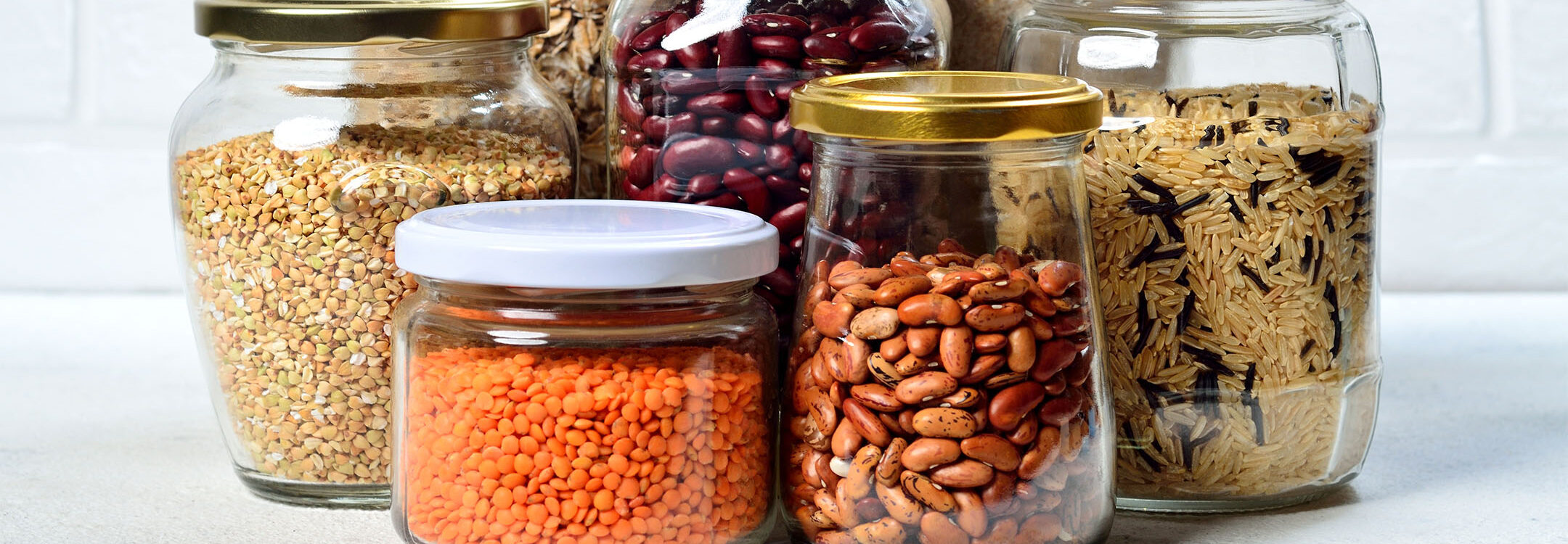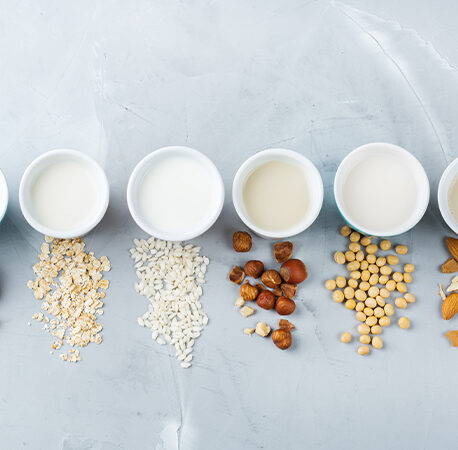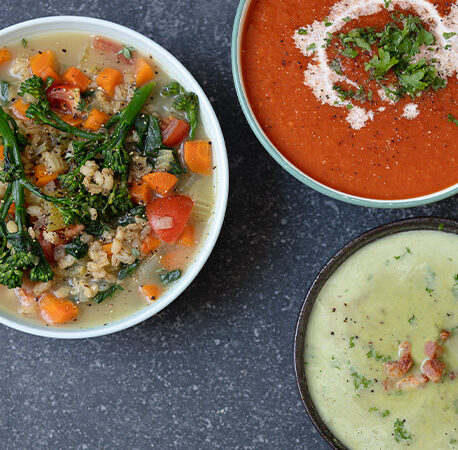What is a legume?
A legume is a simple, dry fruit contained within a shell or pod. The most well-known are peas, beans, lentils and peanuts. Legumes are among the best plant-based sources of dietary protein, making them invaluable to non-meat eaters. They’re also great sources of minerals and, while they are high in carbohydrates, their high fibre content keeps insulin levels from spiking, making them a reasonable choice for diabetics. Not only are legumes highly nutritious, they are also very cheap, which makes them an important food staple in many developing countries.
Legumes are rich in:
- Phosphorus
- Potassium
- Protein
- Riboflavin
- Thiamin
- Vitamin B6
- Zinc
- Calcium
- Dietary fibre
- Folate
- Iron
- Magnesium
What are legumes good for?
According to several studies, legumes are associated with reduced risk of heart disease and lower cholesterol levels. Some studies also suggest that legumes may reduce blood pressure. Due to their high fibre and protein content, legumes are extremely satiating, keeping you fuller for longer. This may reduce food intake and lead to weight loss.
Like many other plant foods, legumes also contain so-called ‘anti-nutrients’, which may impair their nutritional value, but traditional cooking methods such as soaking and boiling help to neutralise this effect.
Examples of legumes:
- Beans
- Chickpeas
- Peas
- Peanuts
- Lentils
- Alfalfa
- Soy (including soy-based products such as tofu)






You have to be signed in to comment this post.